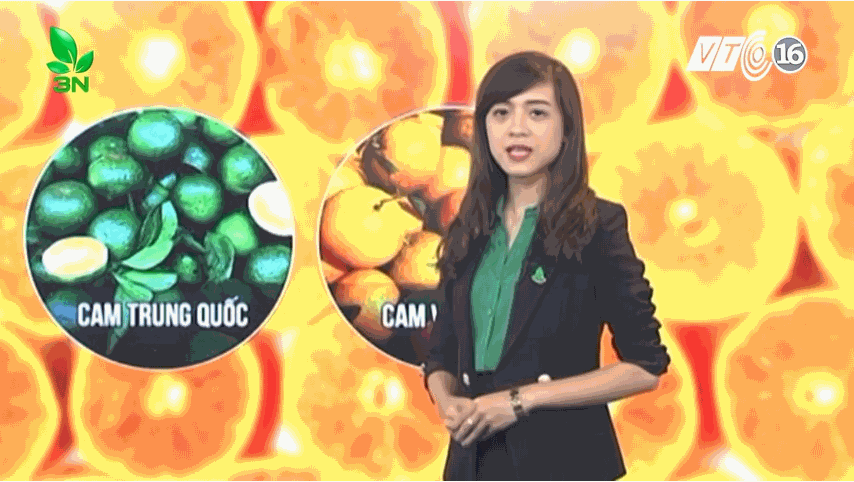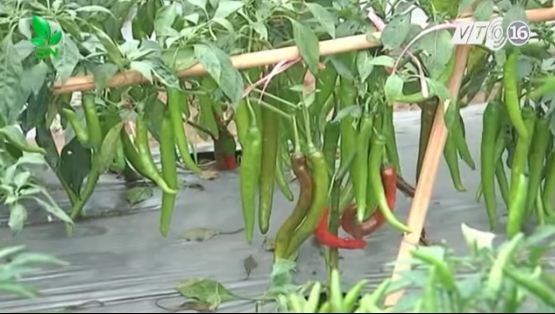Better Tools for Saving Water and Keeping Peaches Healthy
Agricultural Research Service (ARS) scientist Dong Wang is evaluating whether infrared sensors and thermal technology can help peach growers decide precisely when to irrigate in California's San Joaquin Valley. ARS is USDA's principal intramural scientific research agency, and the research supports the USDA priority of promoting international food security.
Irrigation is the primary source of water for agriculture in the valley during the summer, and wells have been forced to reach deeper to bring up enough water to meet increasing demands. Peaches also require much of their water from June through September, when temperatures and demands for water are at their highest.
Wang and Jim Gartung, an ARS agricultural engineer, installed 12 infrared temperature sensors in peach orchards at the San Joaquin Valley Agricultural Sciences Center in Parlier and gave trees one of four irrigation treatments: applying furrow or subsurface drip irrigation, with or without postharvest water stress.


They also measured crop yields and assessed the quality of the fruit to compare the output of trees grown under deficit irrigation with trees grown under normal conditions. Deficit irrigation has been used to produce some varieties of grapes and has been studied for its potential in fruit tree and row crop production. But it has yet to be widely adopted, in part because growers need better tools to strike a balance between saving water and keeping crops viable and healthy, according to Wang.
They used the sensors to measure temperatures in the tree canopies, and calculated a "crop water stress index" based on the differences between tree canopy temperatures and the surrounding air temperatures. Higher index numbers indicated more stressed trees.
The researchers found that midday canopy-to-air temperature differences in trees that were water-stressed postharvest were in the 10- to 15-degree Fahrenheit range, consistently higher than the 3- to 4-degree Fahrenheit range in the trees that were not water-stressed.
For comparison purposes, the researchers placed leaves from stressed and non-stressed trees in a pressure chamber and measured the pressure required to squeeze water out of them. When the trees are water-stressed, it takes more pressure to squeeze moisture from them.
The results, published in Agricultural Water Management, show that the pressure chamber results were consistent with data collected by the infrared sensors, which means the sensors may be an effective tool for managing water use in peach orchards.
( As Science Daily)
Newer news items:
- Discovery of Genetic Mechanism Allowing Potato Cultivation in Northern Latitudes - 17/10/2017 11:13
- A Promising Fruit: The Tree Tomato - 17/10/2017 11:11
- Floral Signs Go Electric: Bumblebees Find and Distinguish Electric Signals from Flowers - 17/10/2017 11:09
- Organic Tomatoes Accumulate More Vitamin C, Sugars Than Conventionally Grown Fruit - 17/10/2017 11:07
- Genetically Modified α-Amylase Inhibitor Peas Are Not Specifically Allergenic in Mice - 17/10/2017 11:05
Older news items:
- Area of dragon fruit in Binh Thuan province is suddenly increased - 17/10/2017 11:02
- Anther culture - 17/10/2017 11:01
- Transgenic technology, increasing yield of 4 crops in Vietnam - 17/10/2017 11:00
- To bring Vietnamese fruits to the world market - 17/10/2017 10:58
- Bitter Gourd Pamphlet - 17/10/2017 10:57


